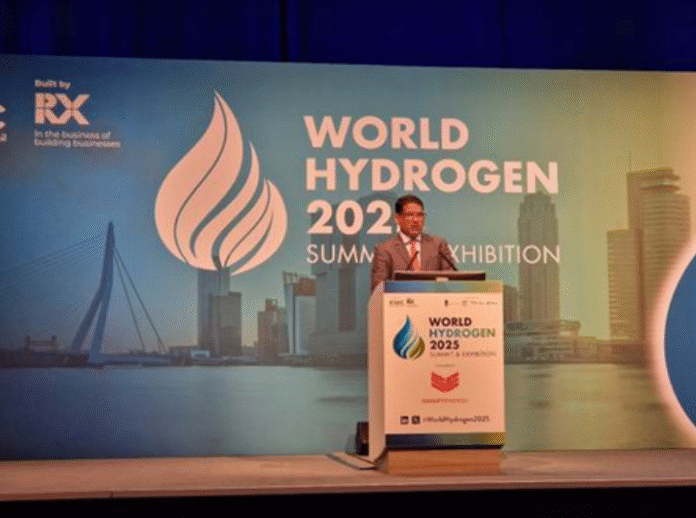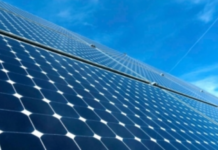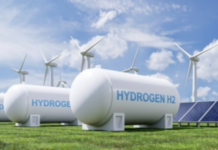New Delhi— India has made impressive progress in the development of green hydrogen, with the government allocating an annual production capacity of 862,000 tonnes to 19 companies and awarding 3,000 MW of annual electrolyzer manufacturing capacity to 15 firms. These developments were announced on Tuesday as part of the country’s broader push toward clean energy.
Santosh Kumar Sarangi, Secretary of the Ministry of New and Renewable Energy, highlighted India’s advancements while speaking at the World Hydrogen Summit 2025 in Rotterdam, the Netherlands. He also noted that pilot projects are underway in the steel, mobility, and shipping sectors as India looks to integrate green hydrogen into key industries.
Sarangi emphasized India’s growing renewable energy capacity, stating that the country has already installed over 223 GW of renewable energy, including 108 GW from solar and 51 GW from wind. These numbers place India among the fastest-growing renewable energy markets in the world.
Reaffirming the country’s long-term goals, Sarangi stated that India aims to achieve energy independence by 2047 and reach net-zero emissions by 2070. He also underscored India’s ambition to not only meet its domestic demand for green hydrogen but also to emerge as a major global exporter by 2030, contributing significantly to global decarbonization efforts.
To support this vision, the Government of India launched the National Green Hydrogen Mission in 2023 with an initial investment of $2.4 billion. The mission provides a comprehensive roadmap to foster demand in strategic sectors, offer production incentives for domestic capacity, and establish India as a key player in the global green hydrogen economy. The target is to produce 5 million metric tonnes of green hydrogen annually by 2030, reduce carbon dioxide emissions by nearly 50 million metric tonnes each year, attract approximately $100 billion in investments, and create over 600,000 jobs.
India recently introduced the Green Hydrogen Certification Scheme and exempted green hydrogen and green ammonia plants from prior environmental clearance, as part of efforts to streamline development and attract investment. Additionally, the Ministry of Ports, Shipping and Waterways has identified three major ports—Kandla, Paradip, and Tuticorin—to be developed as green hydrogen hubs. So far, 15 states have announced their own policies in support of green hydrogen, reflecting strong nationwide commitment to the transition. (Source: IANS)







